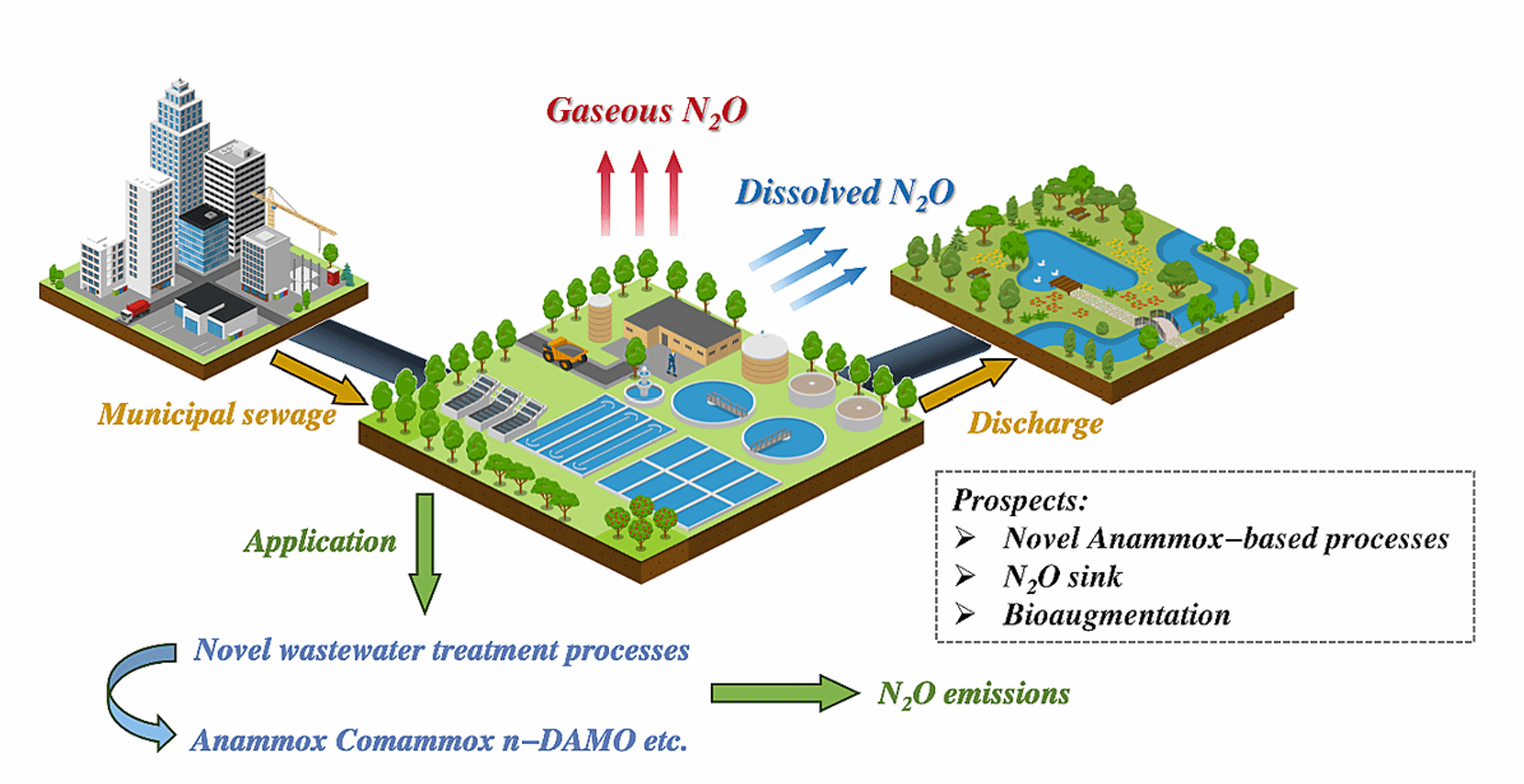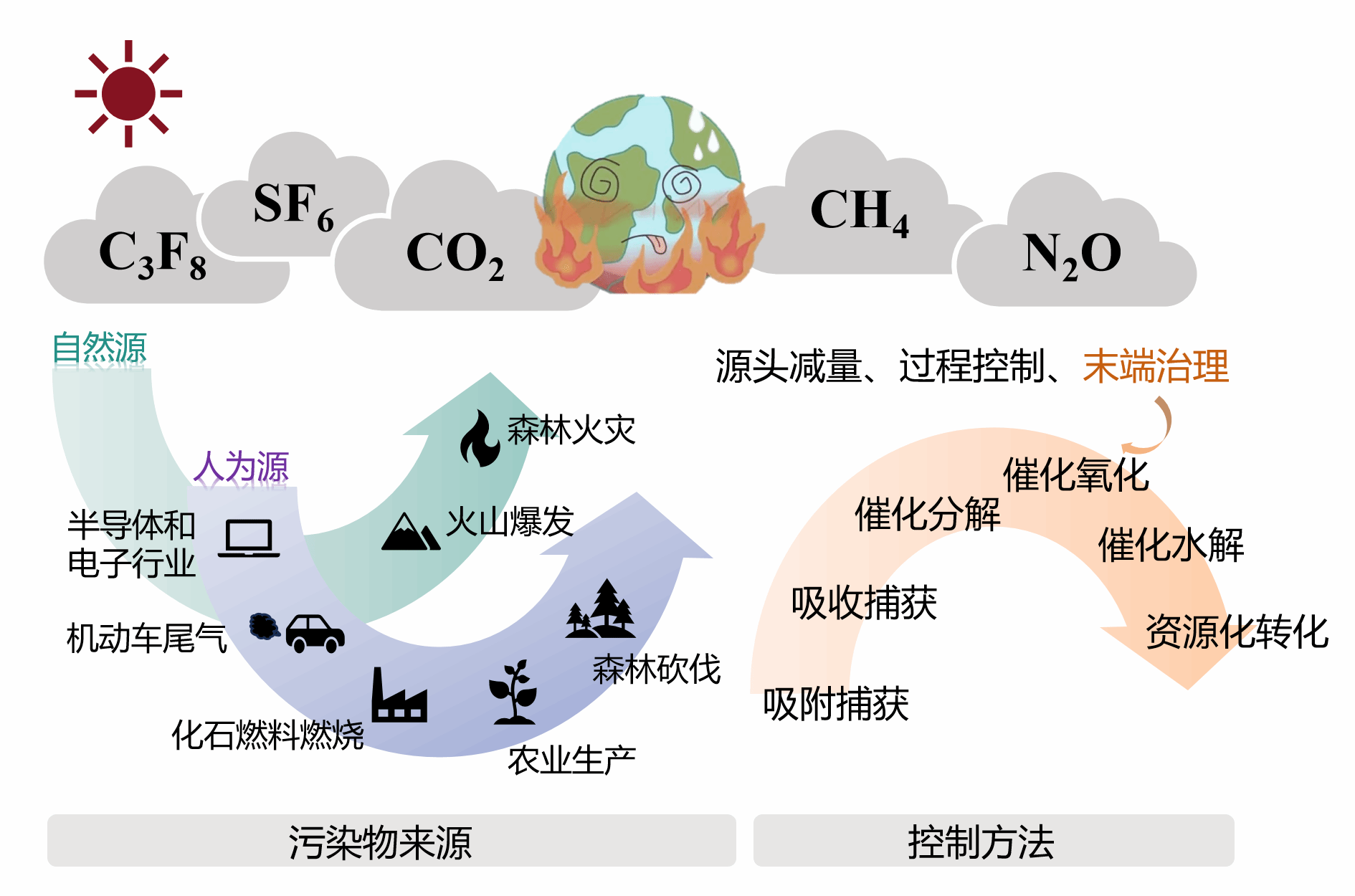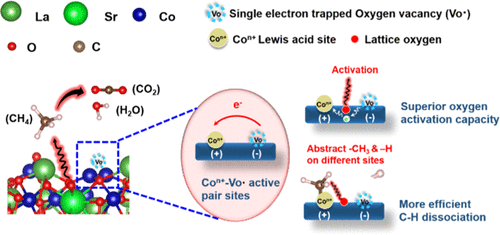In the fields of industrial manufacturing, energy supply, and agricultural production, the emissions of greenhouse gases such as C₃F₈、SF₆、CO₂、CH₄、N₂O, and N₂O are key factors driving global climate change and disrupting ecological balance. Among them, SF₆, C₃F₈ and other typical Electronic Specialty Gases are widely used in semiconductor manufacturing, display panel etching, power equipment insulation, and refrigeration systems. Although these gases play an irreplaceable role in industrial technology, their impact on the environment is extremely serious. Taking SF₆ as an example, its global warming potential (GWP) is about 23500 times that of CO₂, and its lifespan in the atmosphere can reach up to 3200 years; The GWP of C₃F₈ (perfluoropropane) is about 7000 times that of CO₂, and it also has strong greenhouse effect and extremely difficult decomposition characteristics. Once these fluorinated greenhouse gases escape into the atmosphere, they will accumulate for a long time and cause sustained damage to the Earth's radiation balance.
In contrast, although CO₂, CH₄, and N₂O are common carbon based greenhouse gases, they are also major drivers of global climate change due to their large emissions, wide sources, and high stability in the atmosphere. Carbon dioxide (CO₂) mainly comes from the combustion of fossil fuels, industrial processes, and deforestation, and is the core gas causing global temperature rise; The global warming potential of methane (CH4) is about 28 times that of CO₂, mainly derived from natural gas extraction, agriculture, animal husbandry, and landfills. It can also promote ozone generation in the troposphere and exacerbate air pollution; Nitrous oxide (N₂O) mainly comes from fertilizer use, soil microbial reactions, and industrial emissions. Its GWP is about 265 times that of CO₂, and it has a dual hazard of damaging the stratospheric ozone layer.
Overall, electronic gases (such as SF₆, C₃F₈) and carbon based greenhouse gases (such as CO₂, CH₄, N₂O) together constitute the main factors exacerbating the current greenhouse effect: the former is "highly efficient and powerful" but emits relatively small amounts, while the latter is "inefficient and massive" but in large quantities. The combined effect of two types of gases not only leads to a sustained increase in global average temperature, but also has profound impacts on ecosystem stability, agricultural production safety, and energy utilization efficiency. Therefore, strengthening greenhouse gas emissions reduction and promoting the research and recycling of low-carbon alternative gases have become key paths to achieving the "dual carbon" goals and addressing climate change.
Greenhouse gas capture and conversion technology can effectively control greenhouse gases and reduce their net emissions into the atmosphere. Therefore, our team is committed to developing new and efficient greenhouse gas control materials and processes based on existing research, improving capture efficiency and catalytic conversion performance, promoting the resource utilization of captured products, and achieving closed-loop operation of the technical path. This has significant strategic implications for addressing global climate change and advancing carbon neutrality goals.

Figure (1) Path diagram of N2O generation

Figure (2) Sources of several common greenhouse gases

Figure (3) Perovskite based catalyst for catalytic oxidation of greenhouse gases
Publish an article
◆ Angew. Chem. Int. Ed. 2023, e202313868
◆ Chem. Eng. J., 2023, 451, 138930
◆ Environ. Sci. Technol., 2021, 55, 9243-9254
◆ Appl. Catal., B: Environ., 2020, 265, 118469
◆ Advanced Materials Interfaces, 2018, 5, 1700730-1700741
◆ Chin. Chem. Lett., 2018, 29, 252-260
◆ Angew. Chem. Int. Ed., 2014, 126, 7351-7355


